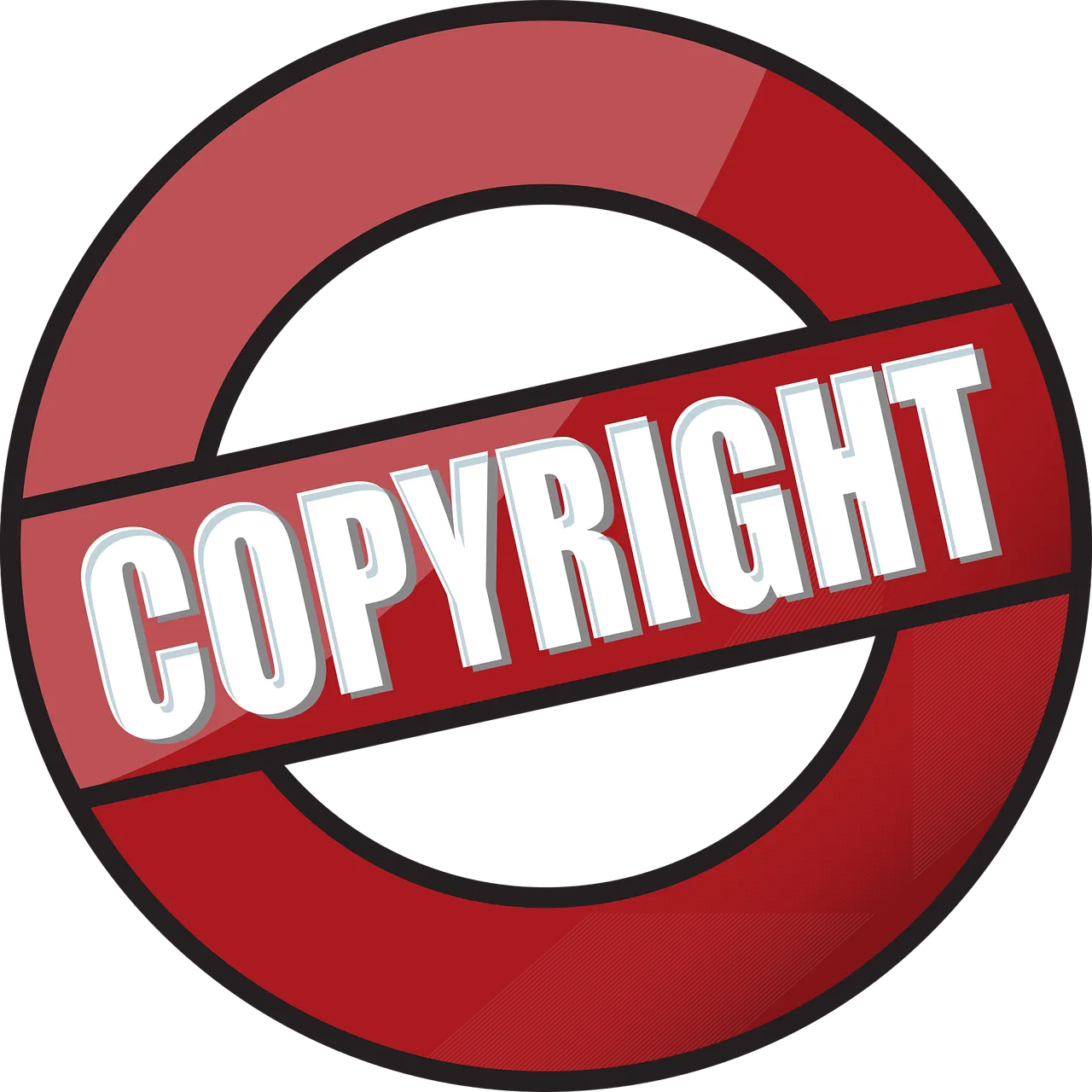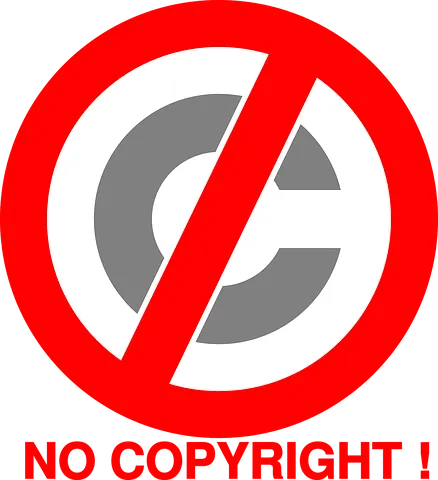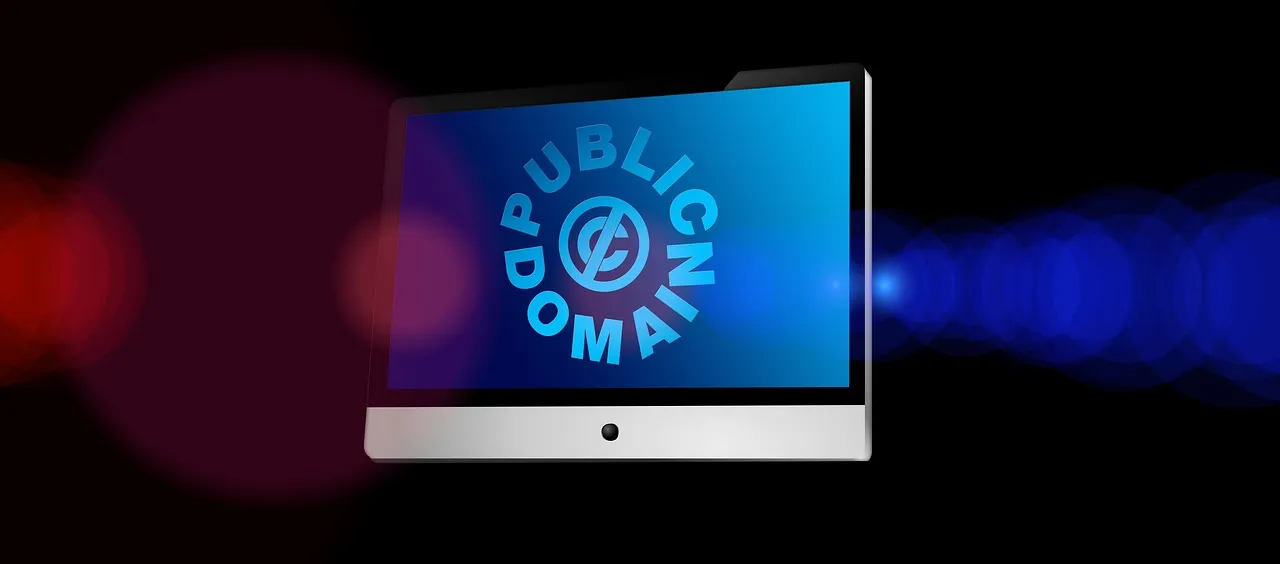Since we want ensure that our post is free from any form of plagiarism, there is need for you to give credit to whom it is due. I have initialy published this article on weku. To reach larger audience and ensure that our HIVE community is well equipped with necessary tools, I decided publish this updated and well modified edition of the original article here on hive. We need to ensure that HIVE is free from plagiarism as much as possible. You might want to bookmark this article as it will be an indispensable tool for you when you are in need of images from sites.
One thing is writing quality post and the other is proper referencing of pictures used in the write -up, especially when you are not the original owner of the picture used. In this article, I will emphasise more on the use of images, how to find images that are free from copyright laws on the Internet. I will also share with you some sites that gives your free access to their images.
First let me start by explaining the term intellectual property rights which is an intangible creation of the mind that is translated into a tangible form for which exclusive rights of property are granted. It covers areas of copyright, patents, trademark and trade secret laws and all other rights resulting from intellectual activities in the industrial, scientific, literary or artistic field.
Images attached to articles make the post much more interesting to read as it keeps the reader glued to your write up. Beautiful images alone could attract people to read your article. Even though the title might not be so appealing to their eyes but with beautiful images, you are sure to gain their audience. But the big question here is; this image you want to use, are you the rightful owner?
If it is not yours, then you do not have any right to use the image unless with the express permission of the real owner or maybe the owner has enlisted the image as public domain (we will talk more on this later)
Using people's work without due credits or permission is a serious violation of the law and an infringement on their intellectual property right. You could be sued for this singular act and if eventually you are found guilty, you might be asked to pay heavily or jailed. The severity of punishment that will be met depend on each country. Copyright protected work are usually not made public and as such no user is permitted to use the work except the original owner.
The licenses
Before you use any picture, you have to be sure that picture is free for use and as such you need to know the various types of licenses. I will explain and lay more emphasis on the major ones that could be used for writing both scientific and non scientific articles.
👉CC BY: The full meaning of this license is Creative Commons Attribution. It allows the user to freely use the image as long as he/she gives credit to the original author. This is the most flexible license offered to the user of the image or material intended to be used for any purpose.
👉CC BY-SA: The full meaning of this license is Creative Commons Attribution Share Alike. This type of licence allows you to share or use the author's work freely, you are free to even edit the picture as you like and re-share the work under the same license provide you reference and give credit to the original author by attaching his/her name to the image wherever it is found.
The major emphasis on this license is that you must not change the license under which you were permitted to use the image or work hence the word share-alike.
CC BY-SA is the major type of license used by wikipedia as it allows people to edit the work of other individuals freely. To be on a safer side, it is recommended to use this type of licence and also use works under CC0 - the author has zero terms on the use of the image.
Other licenses include the following below
👉CC BY-NC: Non commercial meaning that you are free to edit and use the original work but you must not use the image for commercial purposes.
👉CC BY-ND: Here you are free to redistribute the work for either commercial or non commercial purposes but the emphasis here is that the work must not be changed or altered for any reason,hence the name non derivative. The whole credit must also be given to the original author.
👉Public domain: When a work is found under public domain it means that it has no copyright and nobody really has the right to lay claim as to the ownership of the image. Though not all images are really free to use under public domain because the law varies from country to country. It is advisable to stick to the CC0 if you are not sure.
For more details about licenses kindly go through the reference section of this article. Let's now talk about how to find these images that are free from copyright claims.
Website for free images
Most times you might be in dare need of a picture to actually portray or depict what you are writing, visiting Google will obviously give you want you want but are the pictures free of copyright claims? Writing scientific articles requires a lot from you as the author.
The list below are sure website you can visit to get images that free from copyright claims
Wikimedia and pixabay are the two most widely used sites where you can get free images. Other sites are listed below.
stocksnap pexels unsplash epicantus skitterphoto picography burst reshot foodiesfeed gratisography free stocks.org MIT stcok pic jumbo kaboompics life of pix little visuals death to stock photo new old stock Jay mantri shotstash and lastly styled stock
The above are sites that will help you get those unique images you wish to use to write your articles irrespective of the type of article. I also need to bring to your attention that some governmental and non-profit organization's sites images are usually free to use and when referencing , all that is expected of you to do is to reference the site or the name of the organization as a whole when the author of the image is not stated.
In a situation where the the name of the author is stated, you will need to mention the name of the author and the organization. Example of organization like this are MIT, CDC, WHO etc. If you are not sure, always ensure to go through their terms of use and privacy policy.
Flickr is another site where you can get free images for use but it cannot be strictly categorised as a site for free images because not all images on Flickr are free for use. Before using images on Flickr, ensure to check below the images, it is usually stated whether it is free for use or not.
Remember that beautiful images make a post fascinating to read. Always reference your work properly.
Whether you are writing either scientific or non scientific articles, you must ensure you give credits to the original author of the article. If the image is yours, simply state it that it is yours.
Although sites like pixabay and some clearly states in their terms of use that you do not necessarily need to name the author of the image as you are free to do as you like with the image. What this means is that stating or mentioning the author name of the author is optional, you may or you may not. It is solely at your discretion.
In a situation where you need to use an image which is copyrighted, you may need to request for express permission from the original owner of the image.
If you are granted the permission to use the image, you will still need to credit the author and if possible attach the evidence of the permission given to you. This will help you defend yourself anywhere.
Reverse searching
This is a technique you can use to also find out if an image is free from copywrite. There are some sites that offer this service. All you need do is to to upload the image on the site and various attribute about the image will be displayed. Example of these sites are TinEye, Prepostseo, smallseotools and many more. They offer you the chance of finding out if the image is free for use.
Plagiarism on words
When writing articles, do not copy word for word. Read the article and explain in your own word what you understand. Copying someone else's work verbatim is plagiarism and will not tolerated in HIVE as there are already set-up police of the community. I call them the police of the community because they are there to ensure that sanctity is maintained on the platform.
Plagiarism attracts heavy flagging from the police. These police of the community include @steemcleaners now known as the #hivewatchers, @spamminator. Plagiarism will only end up causing you to loose substantial votes and friends. You can also be blacklisted by some communities that don't joke or take plagiarism likely.
When you need to copy a particular sentence in an article verbatim, you are expected to put it in a quotation or use the markdown for quotation to highlight it and then possibly put the link from where you got the sentence. This saves you a lot of headache.
Communities like @steemstem now #stemSOCIAL will likely put you in the blackbook (blacklist).Most communities frown at plagiarism. So try and be original. Put effort in your work and always remember, nothing good comes easy. You just just have to work it out.
If there are other things you feel I missed out in this article or corrections necessary to be made, feel free to leave it as a comment. It will be updated as soon as possible.
Your friendly friend @cyprianj, see ya
References
¶creative commons faq ¶creative commons licenses ¶creative commons public domain ¶intellectual property -wikipedia ¶guidelines for crafting steemstem content ¶blog.snappa
Return from Guide to the use of images for writing both scientific and non scientific articles on HIVE to cyprianj's Web3 Blog




